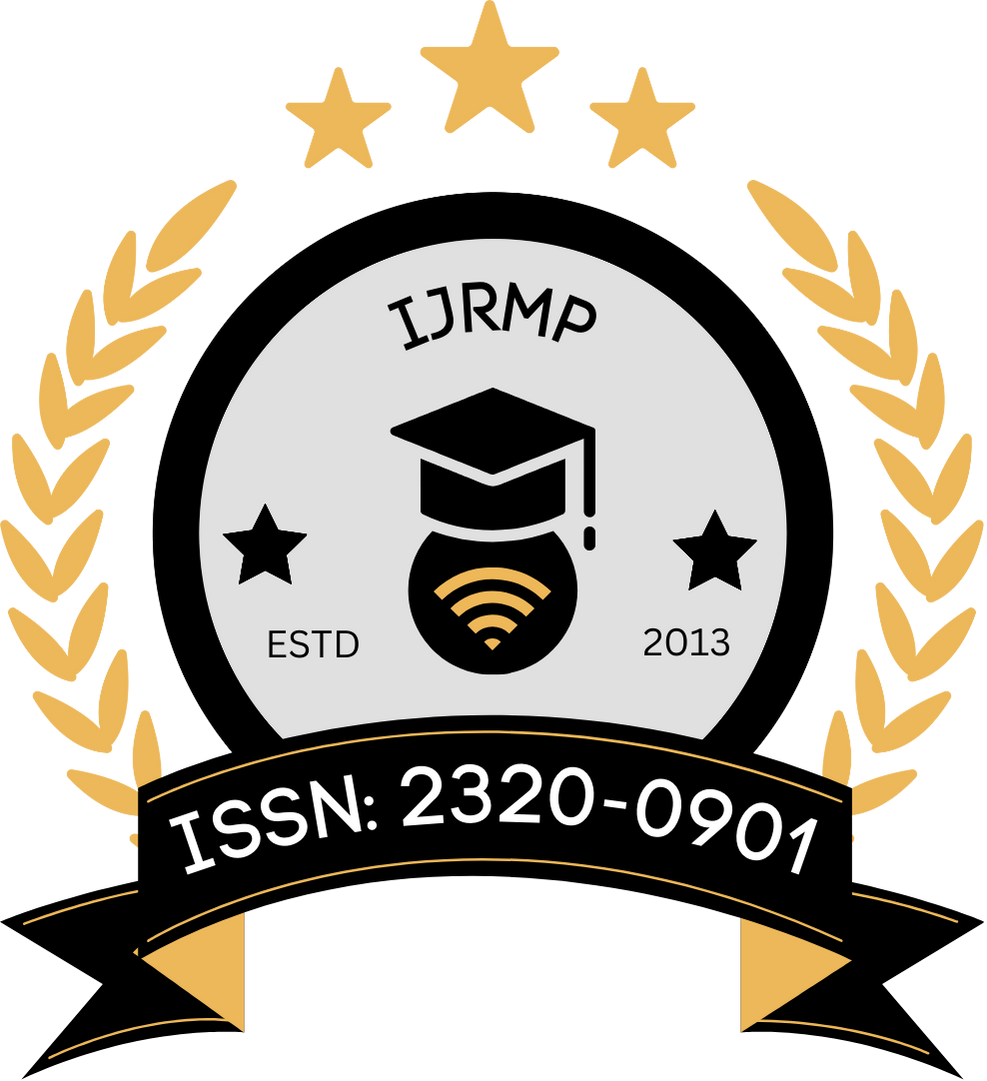![]()
Syed Feroze Ahamed1 & Shagufta Rafat2
1HOD dept. Of Botany
Nehru College
Ganthikeri, Hubli, Karnataka-580020, India
2Associate Professor, Dept of Botany,
Maharaja Agrasen Himalayan Garhwal University
Uttarakhand, India
Abstract
The CRISPR/Cas9-induced genetic transformation has also been a revolutionary approach to genome editing in many plant species, including Solanum lycopersicum or tomato. In spite of its high potential for precise modification of genes, the use of CRISPR/Cas9 in tomato cultivars is still a focus of intensive research, marked by serious issues and knowledge gaps in the area. Earlier studies have emphasized the efficacy of CRISPR/Cas9 to induce targeted mutation; however, the efficiency of genetic transformation and subsequent regeneration of viable transgenic plants is significantly different in different cultivars of tomatoes. Several aspects, such as Cas9 delivery methodologies selection, gRNA design efficiency, and regeneration protocols, still pose obstacles to extensive use of CRISPR/Cas9 to enhance tomato. This research aims to overcome current limitations by evaluating the efficiency of CRISPR/Cas9-mediated genome editing in a range of tomato varieties with special focus on optimizing transformation protocols and enhancing regeneration efficiency. This research investigates different delivery modes like Agrobacterium-mediated transformation and direct DNA delivery, and their impact on editing efficiency and regeneration of plants. In addition, this research investigates the molecular mechanisms that regulate CRISPR/Cas9 activity in tomato plants, including factors that affect off-target mutagenesis and tissue-specific expression. The findings of this research are expected to provide valuable insights into the overcoming of current limitations of tomato genetic improvement and to expedite the development of CRISPR/Cas9-based strategies aimed at crop improvement, with special focus on yield, disease resistance, and quality traits improvement in commercially valuable varieties of tomatoes.
Keywords
CRISPR/Cas9, gene transformation, tomato varieties, genome editing, regeneration procedures, Agrobacterium-mediated transformation, guide RNA, transformation efficiency, off-target effects, crop improvement, plant biotechnology, tomato improvement, yield increase, disease resistance, molecular mechanisms.
References
- Khamis, G., Chi, J., & Zhao, Q. (2024). Establishment of an in vitro propagation, transformation, and gene editing system in tomato (Solanum lycopersicum). OBM Genetics, 8(2), 244. https://doi.org/10.21926/obm.genet.2402244​:contentReference[oaicite:0]{index=0}
- Mikami, M., Toki, S., & Nishimura, T. (2024). Crossing a CRISPR/Cas9 transgenic tomato plant with a wild-type plant produces diverse mutations in F1 progeny. Frontiers in Plant Science, 15, 1447773. https://doi.org/10.3389/fpls.2024.1447773​:contentReference[oaicite:1]{index=1}
- Zhang, J., Zhang, Y., Liu, X., & Zhang, Z. (2024). It’s a gene-edited tomato, and it’s sweet. The Wall Street Journal. https://www.wsj.com/science/environment/tomato-genetic-editing-crispr-7c705b48WSJ
- Pan, C., Ye, L., Qin, L., Liu, X., He, Y., Wang, J., Chen, L., & Lu, G. (2016). CRISPR/Cas9-mediated efficient and heritable targeted mutagenesis in tomato plants. Scientific Reports, 6, 24765. https://doi.org/10.1038/srep24765Nature
- Xu, R., Zhang, Y., Li, L., & Li, M. (2015). Generation of inheritable and ‘transgene clean’ targeted genome-modified rice in later generations using the CRISPR/Cas9 system. Scientific Reports, 5, 11491. https://doi.org/10.1038/srep11491​:contentReference[oaicite:6]{index=6}
- Zhang, Y., Zhang, J., Liu, X., & Zhang, Z. (2024). It’s a gene-edited tomato, and it’s sweet. The Wall Street Journal. https://www.wsj.com/science/environment/tomato-genetic-editing-crispr-7c705b48​:contentReference[oaicite:7]{index=7}
